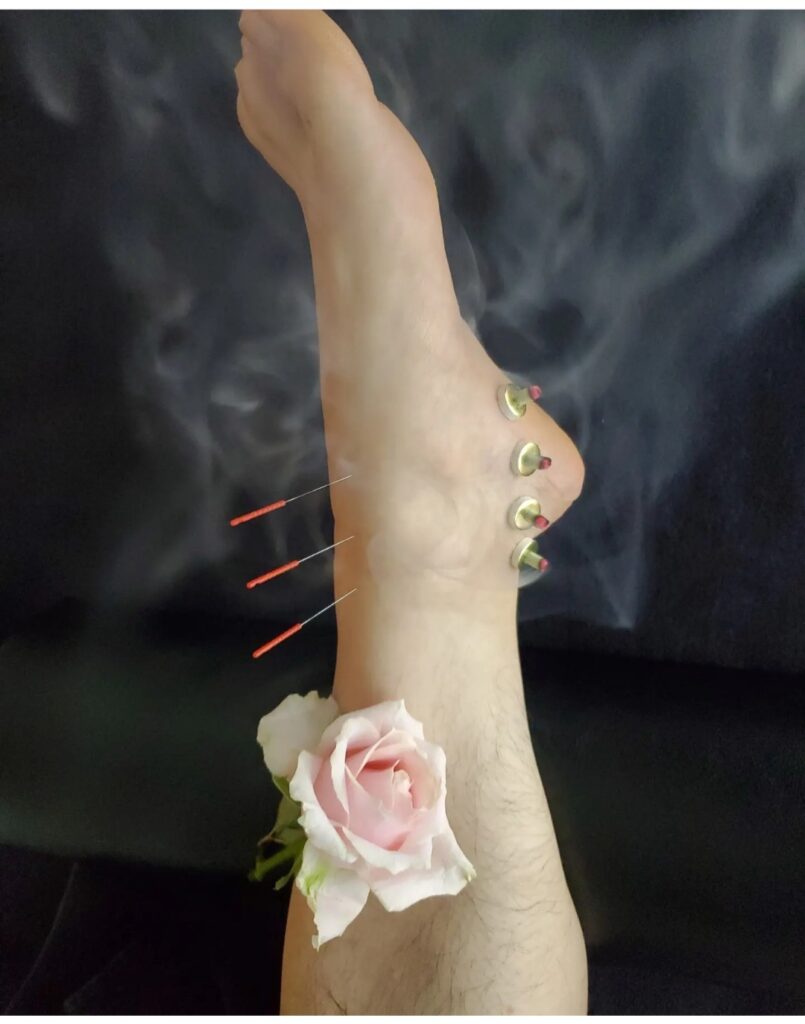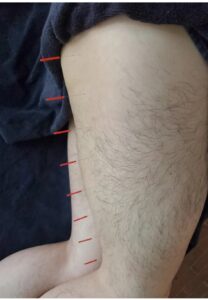足首がゆるい 足関節不安症
Loose Ankle Ankle Anxiety
足の捻挫をしてから随分と経過したのに、まだ足首がぐらついていたり、ゆるみを感じていたり、捻ねりやすい、捻挫しやすいという方がいます。足関節不安定症と呼ばれます。受傷後に、患部に変形や、靭帯の構造に異常がでてたりしていることが多いです。捻挫は、足首の靭帯を損傷してしまうことが多いです。靭帯が傷つくということは、足関節に過度なストレスがかかった状態だと言えます。また、骨折はしていないけれど、関節の亜脱臼(ずれ)や亀裂骨折(ひび)などを発症していることもあります。足関節の捻挫の再発率は高く、繰り返し同じ個所を捻挫すれば、関節の機能も弱くなります。捻挫すると、痛みのため、しばらくは安静にするので、怪我が長引くと筋肉は小さくなり、足関節にも拘縮が起こってしまうことがあります。
再び動けるようになっても、バランス感覚が崩れてしまい、元に戻せなくなることもあります。鍼灸治療では、損傷した筋や腱の血行促進をはかり、運動療法も同時に行い、靭帯を強化して、再発や悪化を防いでいきます。
Some people have long since sprained their foot, but still have a wobbly or loose ankle, or are prone to twisting or spraining. This is called ankle instability. After the injury, there is often deformity in the affected area or abnormalities in the ligament structure. Sprains often damage the ligaments of the ankle. Damage to the ligaments means that the ankle joint has been subjected to excessive stress. It is also possible to develop a subluxation (misalignment) or fissure fracture (crack) of the joint, although no fracture has occurred. The recurrence rate of ankle sprains is high, and repeated sprains in the same area can weaken the joint. When a person sprains, he or she rests for a while because of the pain, and if the injury is prolonged, the muscles become smaller and the ankle joint may contract.
Even if you are able to move again, your sense of balance may be impaired and you may not be able to get back to normal. Acupuncture and moxibustion therapy can promote blood circulation to the damaged muscles and tendons, and exercise therapy can be performed at the same time to strengthen the ligaments and prevent recurrence or worsening of the injury.

#anklepain #捻挫 #足首捻挫


